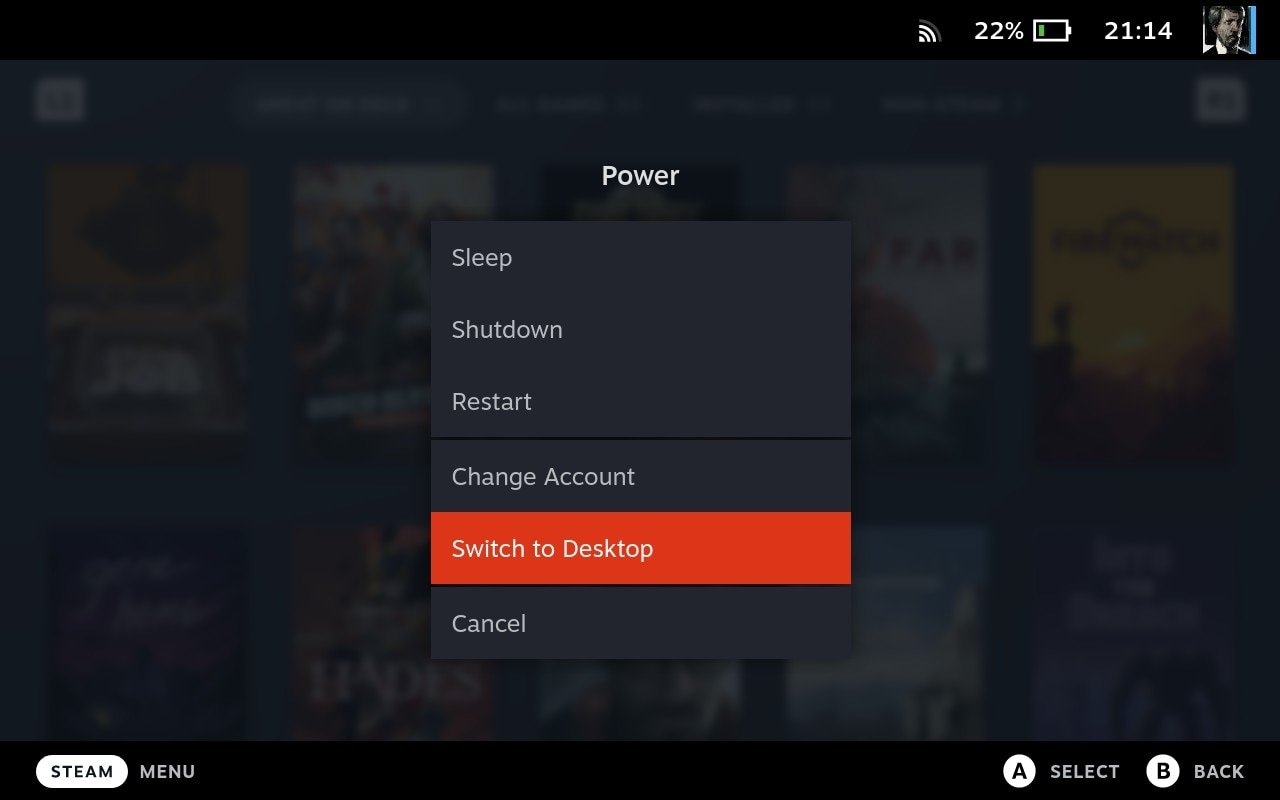In case you were wondering, yes, TractoR runs on the Steam Deck
Valve's Steam Deck handheld PC is a miniature marvel. While it's primarily designed for gaming, and it does that job very well—even working well with many games not written for its operating system or aware of its hardware controls—the Deck is a proper portable PC, and can absolutely be used as such. It runs an Arch-based Linux distribution called SteamOS, and if you connect a keyboard, mouse and external display, and switch to "desktop mode", it becomes a cute but perfectly capable Linux box.
So, the question that literally no-one is asking is, "Will it run TractoR"? Not only does nobody care about the answer to this question, but I've already kind of spoiled it. And yet I'm going to run through it anyway, because getting other standard-ish Linux software working on the Deck will probably involve travelling a similar route.

Coming from the Mac as my primary computing platform, Valve's openness to tinkering with the Deck is truly refreshing—something that even extends to DIY repairs through a collaboration with the tinkerers extraordinaires at iFixit. The full-screen Steam view that forms the Deck's main interface is simple and accessible, but if you want to break out of it, Valve makes it easy. Just press the Steam hardware button on the front of the Deck, select Power in the on-screen menu (admittedly a slightly obscure choice) and then Switch to Desktop, and you'll be looking at a pretty standard KDE desktop.
SteamOS on the Steam Deck ships with no password set for the default user, deck. That means we can't use sudo, which is no good. So the first step is to open Konsole and run passwd to set a password. With that done, we need to unlock the system volume so that we can install some core software. The command for this is
sudo steamos-readonly disable(This is the main caveat to the whole process. As I understand it, updates to SteamOS will also update this volume and therefore may obliterate any changes you make as user. It may be possible to install everything into the home directory or another place not susceptible to being overwritten, but I haven't properly explored this yet.)
Next, we need to set up pacman, the Arch package manager, with keys corresponding to the main distro repository. We can then install core libraries and system headers; and for TractoR, we also need R.
sudo pacman-key --init
sudo pacman-key --populate archlinux
sudo pacman -S glibc linux-apt-headers rThat's essentially it. The standard Linux installation instructions for TractoR can be picked up from here, and apart from some locale warnings, everything seemed to work fine. Which of course prompts the next question: "Under what circumstances would this be remotely useful?" I'll figure that out later.
Credit must go to the Steam Deck subreddit, where I've been lurking regularly over the couple of weeks or so since I got my Deck, as the source of most of the information I've assembled here. Apart from the TractoR stuff, obviously.